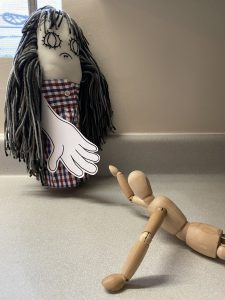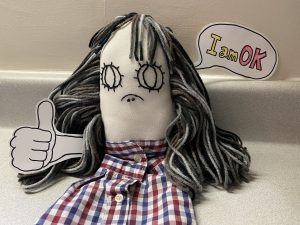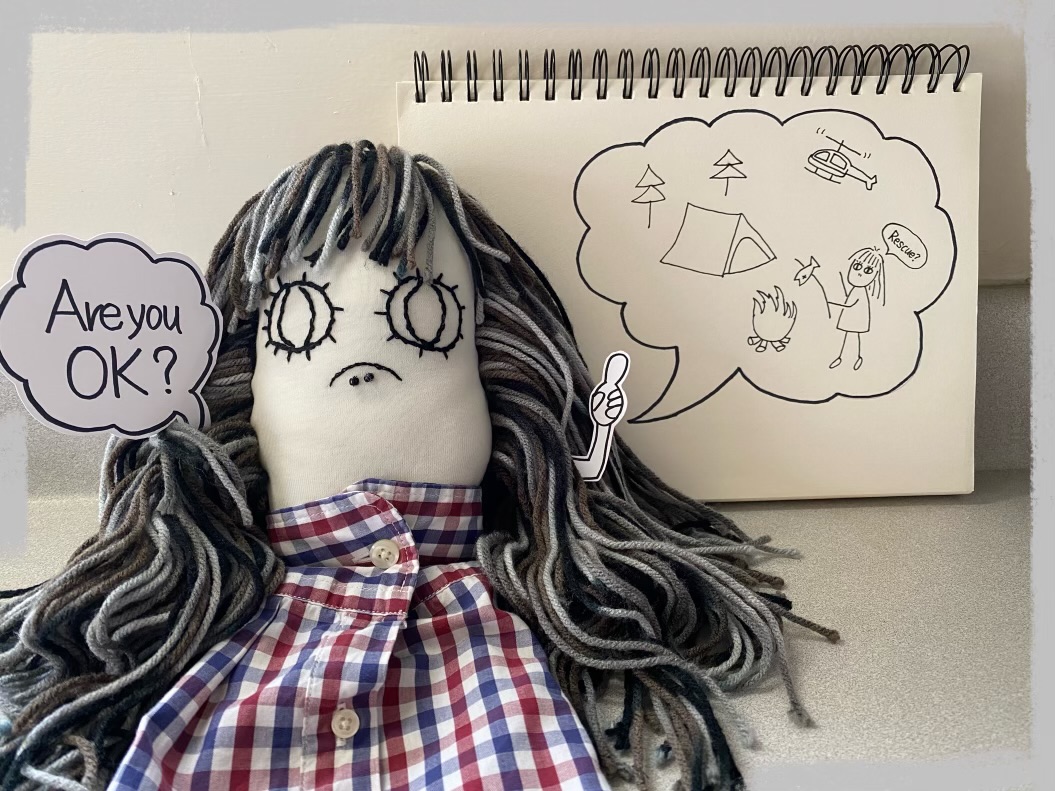What is the short-term emergency stockpile?
“I thought emergency stockpiles were all the same…”
“Short-term is how short?
“I prepared emergency food to last a few days. Is that enough?”
Have you ever checked how much time your government needs to send relief supplies to a disaster area? It varies of course, but it could be hours, days, or even weeks before help arrives. What do you do until then?
Before we criticize what may seem like a slow government response, and it may seem especially slow when every second counts, let’s think about why rescue workers might not show up right away. First, we need to remember that rescue workers need to worry about their own safety, too. Before the smoke clears, it might be too risky or too difficult to enter a disaster area. If it’s hard for you to get out of the disaster zone, it’s a safe bet that it’s hard to get in, too. If a rescuer gets hurt or stuck, that means there’s one more person to rescue. So they have to be careful.
Another factor that can slow down disaster response, is lack of information from the affected area. Communication systems are often completely down after a major disaster. I’ve observed that the larger the disaster, the longer it takes for news to start trickling out. How do rescue workers figure out where the people are who need rescuing? Or how to get there safely? All of this takes time.
 What about volunteers? Maybe they can help right away? Well, maybe. During the summertime, we can see news about someone who tries to save a person who is drowning, only to end up drowning, themselves. We really need to avoid getting dragged down together. The desire to help is admirable, but help should not be offered blindly. During disasters in the United States, it is encouraging to see that so many people want to help. But can you really help without risk? Without draining the precious, limited resources in the area? Without getting in the way? Without putting stress on the fragile, remaining infrastructure? Without needing to be rescued yourself? Compassionate self-sacrifice, virtuous as it may be, is not always advisable. Government officials are often criticized when they prevent volunteers from entering a disaster zone, but I understand the logic behind the barricades. Authorities prevent volunteers from entering disaster areas to save limited resources (food, beds, toilets) for the people who really need it, to protect the volunteers from unsafe conditions, and to prevent looting.
What about volunteers? Maybe they can help right away? Well, maybe. During the summertime, we can see news about someone who tries to save a person who is drowning, only to end up drowning, themselves. We really need to avoid getting dragged down together. The desire to help is admirable, but help should not be offered blindly. During disasters in the United States, it is encouraging to see that so many people want to help. But can you really help without risk? Without draining the precious, limited resources in the area? Without getting in the way? Without putting stress on the fragile, remaining infrastructure? Without needing to be rescued yourself? Compassionate self-sacrifice, virtuous as it may be, is not always advisable. Government officials are often criticized when they prevent volunteers from entering a disaster zone, but I understand the logic behind the barricades. Authorities prevent volunteers from entering disaster areas to save limited resources (food, beds, toilets) for the people who really need it, to protect the volunteers from unsafe conditions, and to prevent looting.
The short-term emergency stockpile is for survival until help arrives, or until we can safely get out of the disaster zone to restock or relocate.
The upshot of all this is that you need to be prepared. Wherever you live, do so at your own risk. It might sound cold, but you are responsible for your own choices and actions. If you live by the sea, be prepared for a tsunami. If you live near a nuclear reactor, be ready for a meltdown. Don’t expect somebody else to come and save you (especially the government). It’s nice to think that the government has our backs, and that maybe, if we’re lucky, they will be there for us in a disaster. But don’t bet your life on it.
The short-term emergency stockpile is for survival until help arrives, or until we can safely get out of the disaster zone to restock or relocate. I saw the news about an area affected during the 2011 “Great East Japan Earthquake” (3/11). The roads had been cut off completely, and vehicles couldn’t get into or out of the affected area. Many volunteers showed up, almost immediately, but they were turned away. There simply weren’t enough resources: food, beds, water, toilets, etc. Sometimes the desire to help is not enough. I do not mean to belittle the efforts of those people who take action to help in times of trouble. It’s admirable. But it’s better, in some really bad situations, to first assess the situation, figure out exactly what is needed, and only then send in the appropriate people and supplies. It was a week before the earthquake-damaged main road was repaired; finally, after a very long week, relief supplies were delivered, and rescue workers got through. I believe it is imperative for each of us to prepare enough emergency supplies to survive on our own, for two weeks.
There are many kinds of disasters, and if we have time to evacuate to a safe area, we must do it. But earthquakes and volcanic eruptions are examples of disasters that don’t give us time to safely evacuate. If I wanted to be extreme about it, I would say that you shouldn’t live near the ocean, or near active volcanoes, or on hillsides. And if we wanted to go even further: don’t live in a tall building, or in an old house, or in a densely populated area, or near anything flammable… (You get the idea.) It is hard to find the right place. And if you want to find a home with zero risk, you’ll be looking for a very long time. At some point, we have to give up looking for the perfect life and try to live as safely as we can, in the place we have chosen. We always live side-by-side with danger and fear, but we also try to not to think about it too much. I know I don’t want to think about “danger” all the time, but on the other hand, I don’t want to forget “safety” completely.
 “Protecting your life by yourself“(自分の命は自分で守る) You can see these words on many websites. In Japan, most cities have made official announcements to their citizens, that include these words. Here are links to Japanese a government website with information about disaster prevention and preparedness (① bonsai.go.jp/② bonsai.go.jp). Check them out.
“Protecting your life by yourself“(自分の命は自分で守る) You can see these words on many websites. In Japan, most cities have made official announcements to their citizens, that include these words. Here are links to Japanese a government website with information about disaster prevention and preparedness (① bonsai.go.jp/② bonsai.go.jp). Check them out.
The goal of the short-term stockpile is to survive until you can get help. To be safe, you need to be able to survive on your own, for at least a few weeks.
I will talk more about the short-term stockpile, in my next post.
See you next time.
